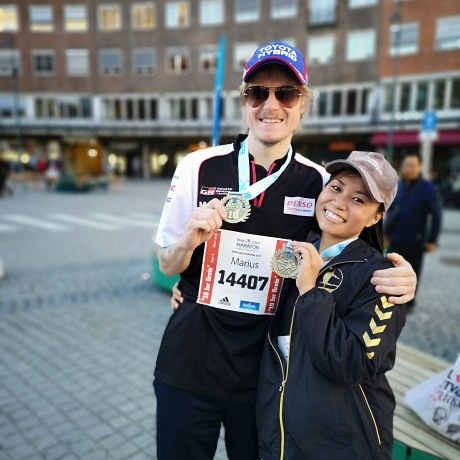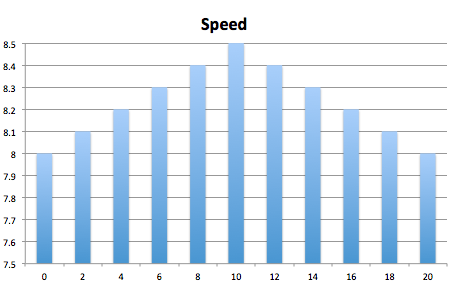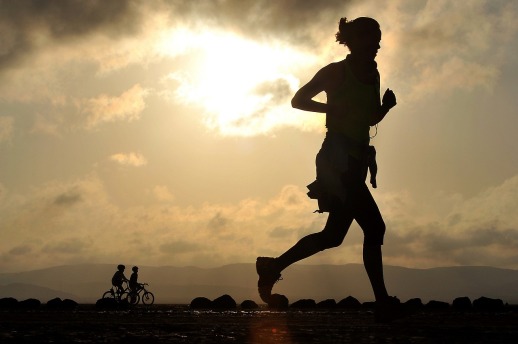My husband and I have tracked our resting heart rate from before we started running in April. Many researches1 have shown that cardio training contributes to stronger and healthier cardiovascular system, and I can say we are the living proof of these researches.
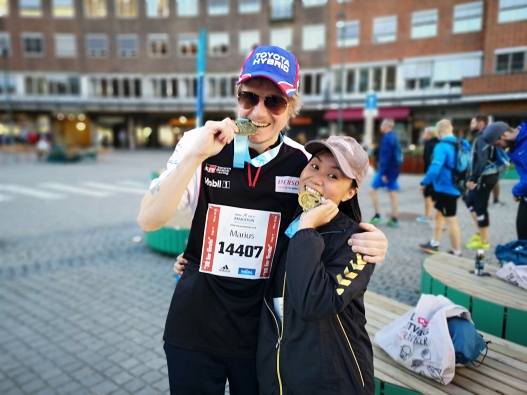
Our resting heart rate has improved by 25% from April 2018 to October 2018. We measure it using an app called Heart Rate Monitor just when we are awake in the morning before getting out of bed. We also measure it several times to ensure the accuracy of the heart rate.
According to the book “Best i Løping”, the resting heart rate of a well-trained athlete is somewhere between 30-40 beats per minute. The lowest that has been registered is 26 beats/minute from an extreme cardio athlete.
Women with resting heart rates of more than 76 beats per minute were 26% more likely to have have a heart attack or die from one than those with resting heart rates 62 beats per minute or less, according to a research in 20102.
At least I can proudly say that my resting heart rate is getting closer to those of well-trained athletes.
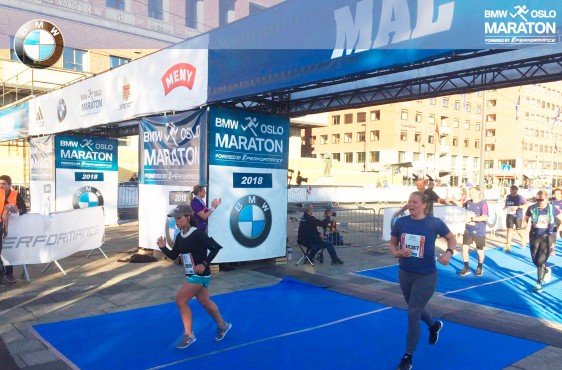
1 Your resting heart rate can reflect your current — and future — health

